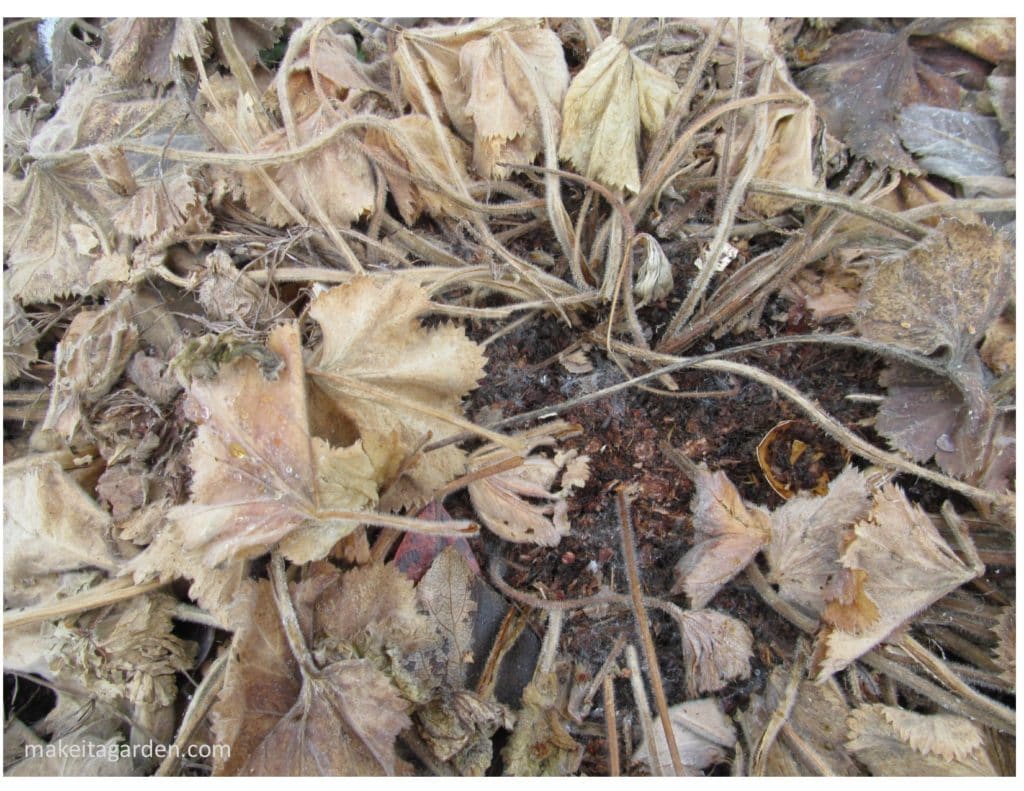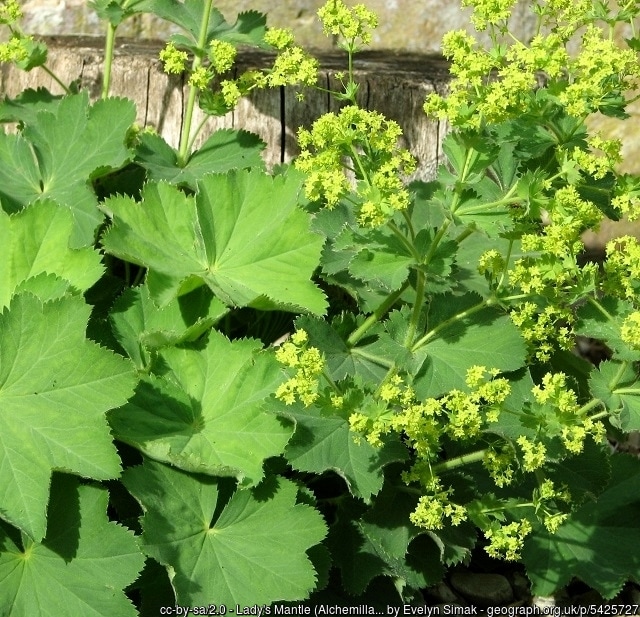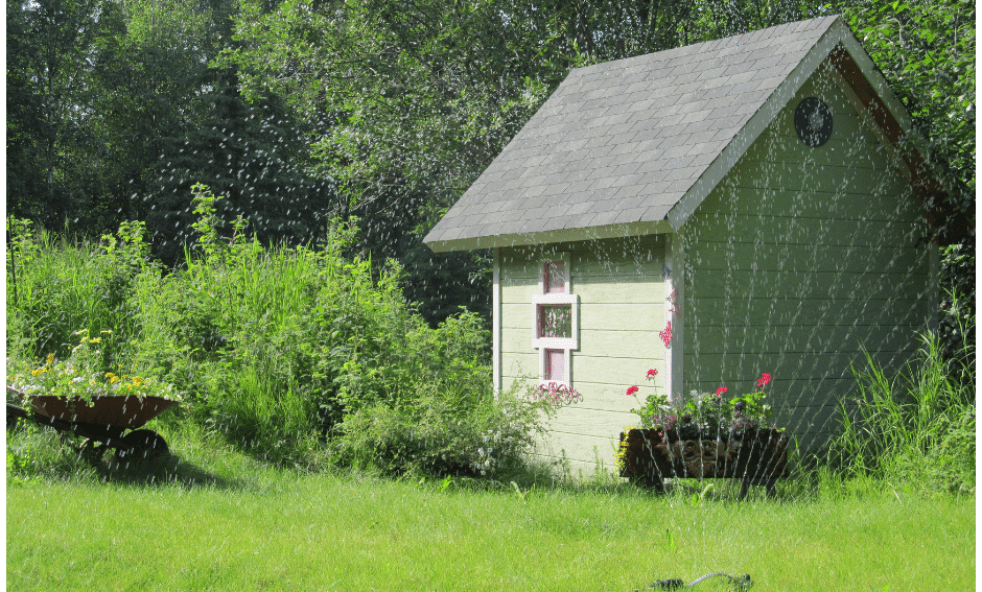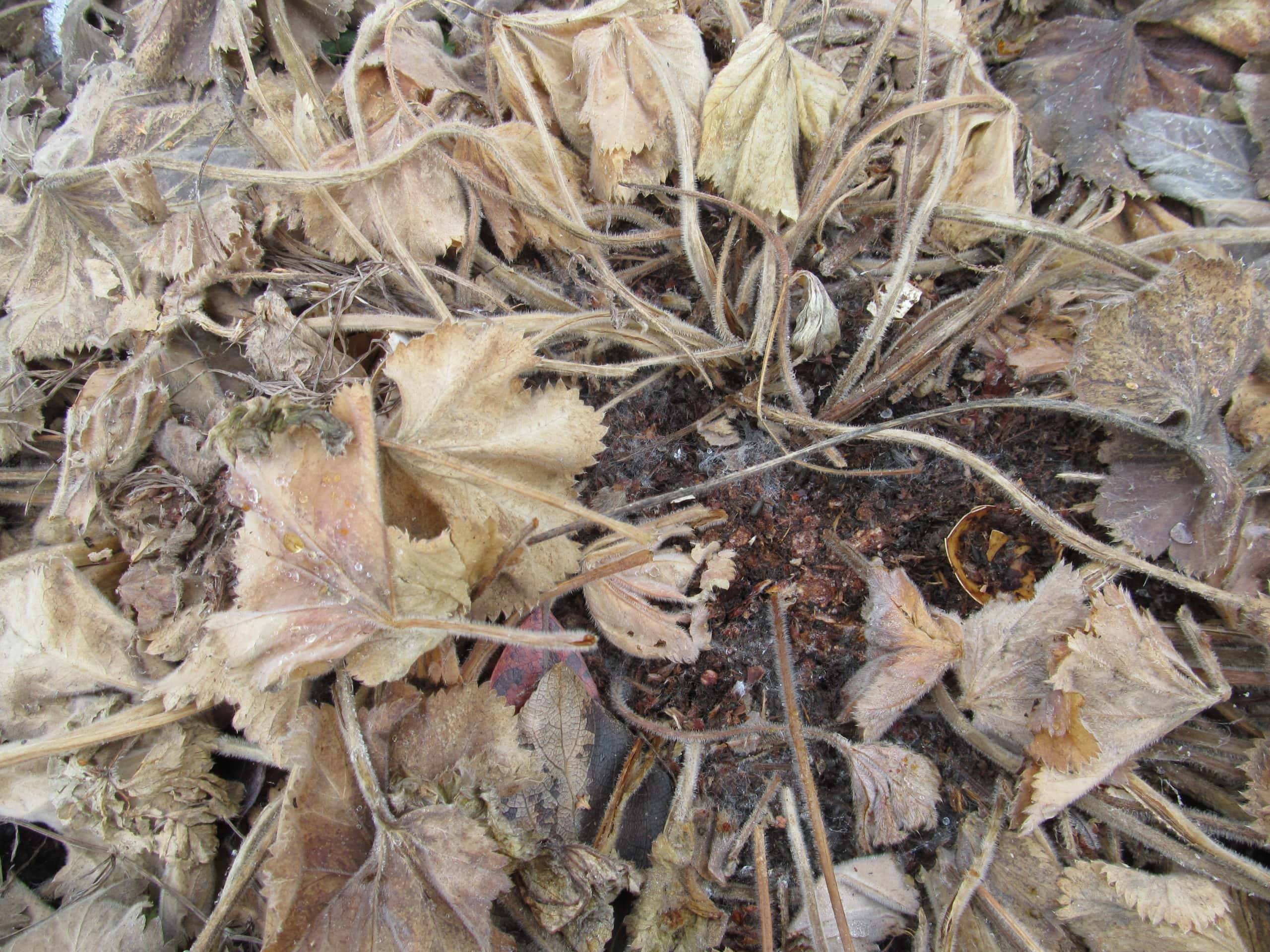
Why Does a Perennial Die?
Perennials re-emerging after a long dark winter bring a sense of joy to the gardener. Spring-flowering varieties give us our first bright colors of the season. Which is why it’s so disappointing when you discover that one or more just didn’t make it.
Such is the learning curve with perennials. Hopefully, you’re reading this because rather than give up, you want to find out what went wrong and try again.
Don’t be tempted to think it’s just ‘you’. Trust me. Everyone who loves using perennials in the garden–including experts–has been confounded at one time or another by a finicky plant. It can be frustrating, even if you get everything right. The proper drainage, the light conditions, and good healthy soil. Then, why did my perennial die, you ask?
Why does a perennial die?
First off, is it really ‘dead’? In the spring, perennials look brown and limp. There may be no signs of life. More than one person has made the mistake of digging up a plant they thought was dead. When in reality it was simply off to a slow start. So, give it the benefit of the doubt.
New growth emerges from the crown (the center of the plant). If the crown is firm to the touch, let it alone and wait and see. If by the start of summer, it’s all dry and shriveled up, or the crown is soft and mushy, it’s probably rotted.
Some common reasons why a perennial may have died
- Too wet in winter (rot), not enough drainage
- Too dry in winter, too much drainage
- Not the right plant for the climate zone
- Not properly mulched (victim of freeze/thaw cycle)
- Damaged by animals
- Severe weather (unexpected freeze)
Trouble-shooting Perennials
Soil conditions are the first thing to check. Although a perennial may do well after it’s planted, it requires very specific conditions to survive the dormant period to be healthy over the winter. A place where it’s too wet compresses the soil and blocks oxygen to the plant. The root system suffocates. Water that pools around the crown and doesn’t shed off, drowns the plant and causes the crown to rot.
On the other hand, conditions that are too dry are equally an issue. If the soil doesn’t retain enough moisture and nutrients, the roots shrivel and dry up. Then, the plant can’t feed itself and it won’t survive.
Another sure killer is the dreaded freeze/thaw cycle. Many people have lost cherished perennials this way. The reason why we mulch plants in the Fall is to keep the ground frozen during the dormant period. For winter states, a good thick layer of snow helps, too!
Sometimes, a mid-winter thaw rolls in with unseasonably warm temperatures. While you or I might welcome a break from the cold, the ground has also begun to thaw. Your perennials are tricked out of dormancy believing Spring is sprung. The thawing ground causes a release of chemicals that activate growth, even if you never see signs of it. Then, winter suddenly returns with a vengeance and temperatures plummet. The plant has no chance.
The same thing can happen in the Spring with an unexpected cold snap, bringing freezing temperatures. That’s why you might be a little reluctant to remove mulch too early in the spring. Your plant may have a better chance of surviving if you pay attention to the weather and give it more time to warm up before removing the mulch.
Other factors that cause a perennial to die
Not the right plant for the Climate Zone
Another possible reason why your plant didn’t survive is that it may not be the type that is hardy for your climate zone. You can use the link below to learn your plant hardiness zone (from the U.S. Dept. Agriculture)
This happens quite frequently. Not all the plants classified as “perennials” at the garden center are right for your area. Always inspect the tag that comes with the plant. Even so, there are micro-climates within an area.
For instance, my area is a Zone 3 generally speaking. However, I live up in the mountains at an elevation where it stays colder longer. The town nearest me is along the coast. Due to a lower elevation and warmer breezes coming off the ocean, their spring arrives two weeks earlier. Gardeners in this location can push towards perennials suitable for zone 4. So, location makes a big difference!
Damage from animals
Sometimes, a perennial can be damaged by animals. A field mouse or rabbit gnawing on the bark. This typically happens in a severe winter where it may be hard for an animal to access its regular food source. But if enough of the bark is compromised, the perennial could be damaged beyond an ability to recover. There’s not too much you can do in this case.
TRY THIS SOLUTION: For young trees and shrubs, there is a superb 100% organic product that’s been on the market for a long time. I have used it to successfully ward off moose and deer attracted to trees and shrubs leafing out in early spring. You can link to my review of this product HERE (Note: I’m not an affiliate. I provide this information as a service to you, the reader. I receive no profit from this recommendation)
It’s especially disheartening when you lose a plant you’ve had for quite a while. One that always performs well, was vigorous with lots of blooms in the summer. Honestly, sometimes you’ll never know what caused the plant to die. Just replace the plant and do not get discouraged.
DON’T FORGET YOUR FREEBIE! Scroll down just a bit to join our garden and art lovers community. You’ll receive “10 Artistic Ways to make your yard or garden beautiful”.

Some Final Thoughts
As you can see, it’s not always easy to determine exactly what causes a perennial to die. However, gardeners who are willing to give it a 2nd or even a 3rd try, learn a great deal about a plant and it’s specific needs. But unless the crown is rotted or the plant has completely shriveled and wrinkled, give it a chance to revive before digging it up.
I have dug up a plant I thought was dead and examined the roots and found, to my delight, a healthy vibrant root system. Needless to say, I immediately replanted it.
If you do replace a perennial or two, try giving more attention to location or amending soil conditions so the plant is getting what it needs to prosper.
You can also go on line and research the plant. You’re bound to come across input from other gardeners who have experience with the exact same perennial. Another excellent resource is your local garden club. Your town may also have a niche group of specialists with wildflowers and perennials who are more than happy to help you trouble-shoot.
Before you go, I invite you to leave a comment or question below. If you like what you found here, I hope you’ll share it and tell a friend about Make it a Garden. Thanks for dropping by!

Editor, MIAG
Related posts you may enjoy
How to shop for perennials at the Garden Center
Perennials for Zone 3 that are super easy to grow
The easy way to harden off your flowers
How to plant window boxes for beauty and style

